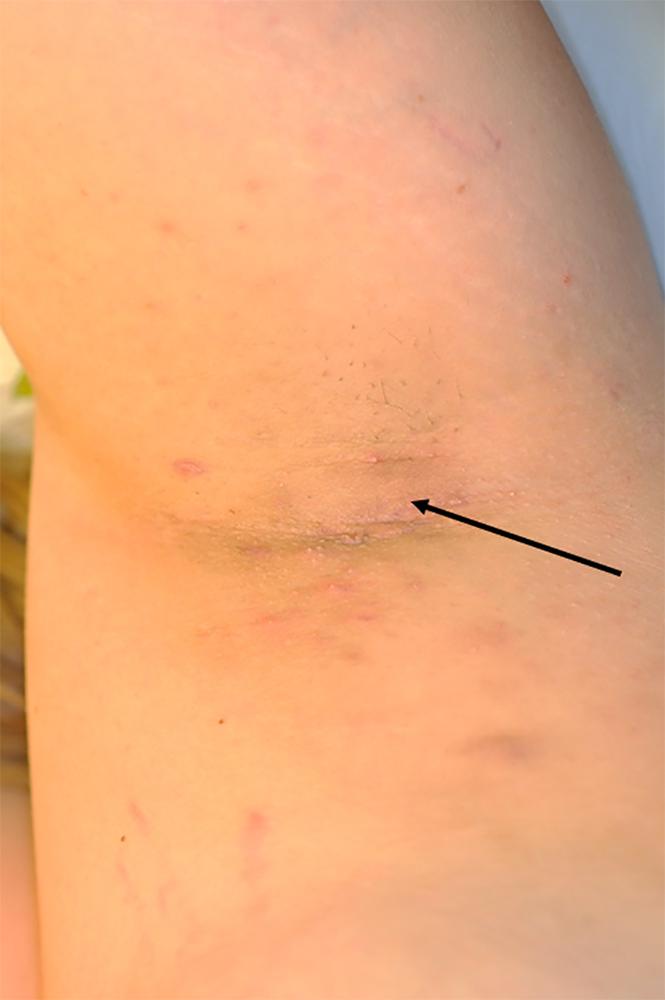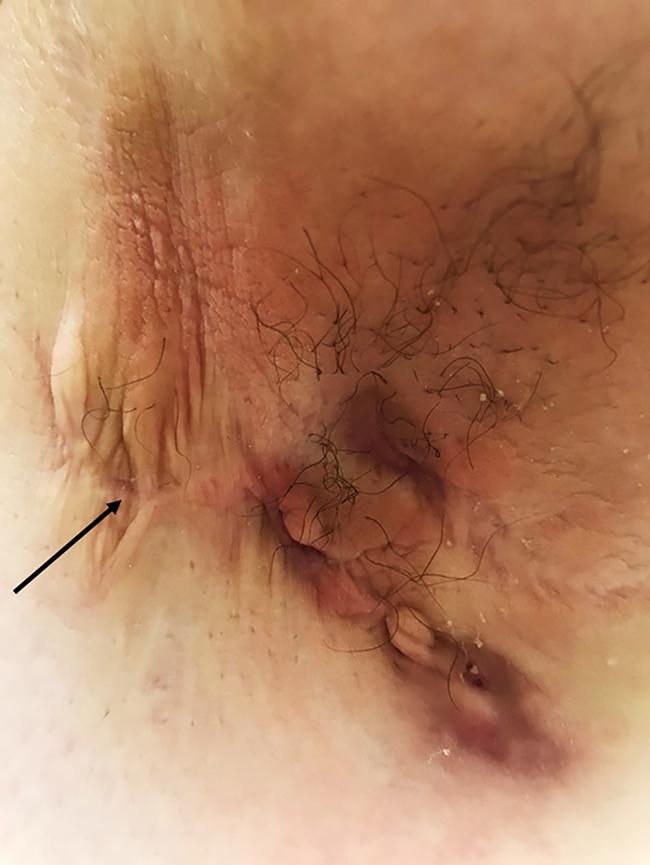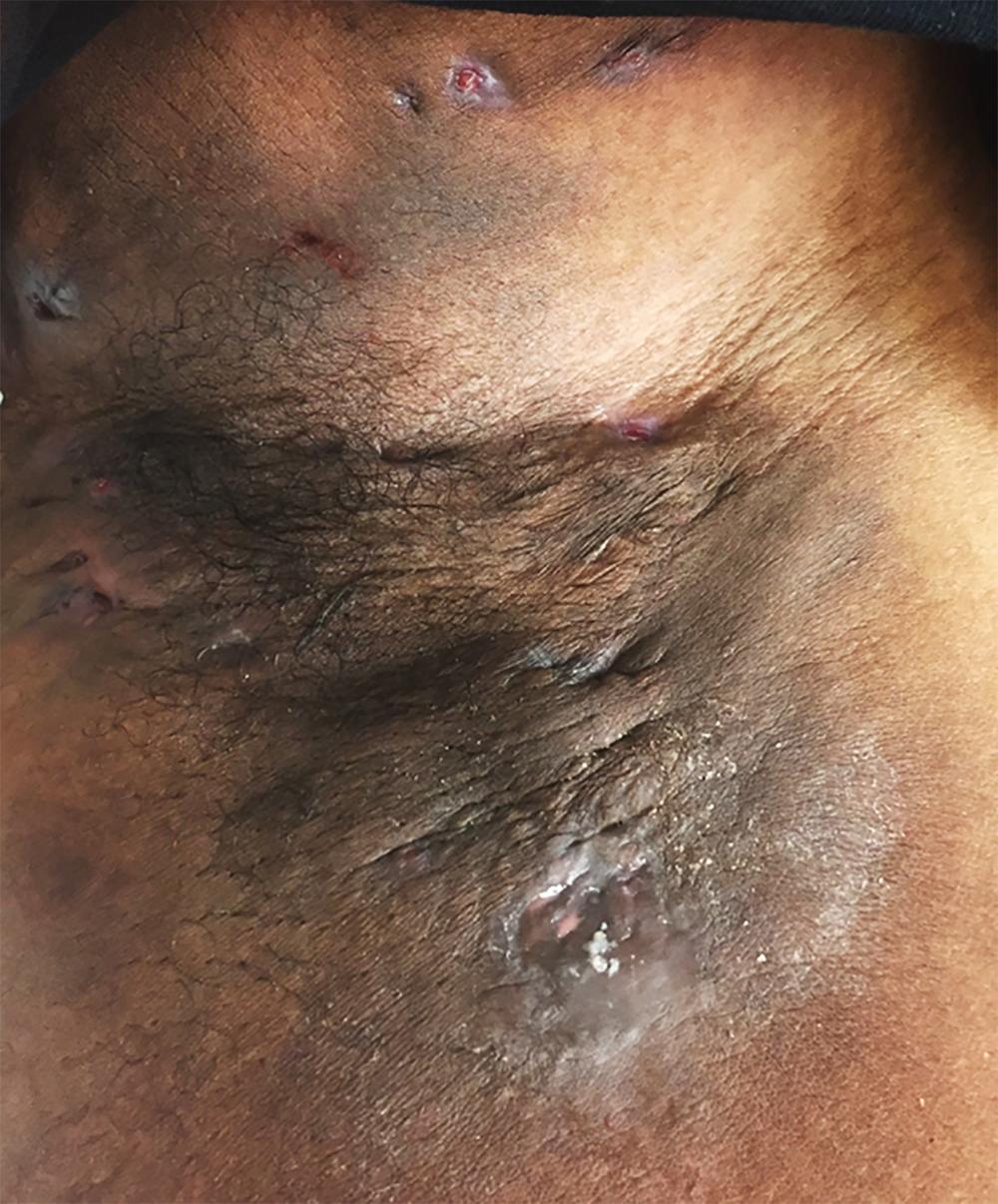Physical Address
304 North Cardinal St.
Dorchester Center, MA 02124
Outcome measures play an important role in the field of dermatology, both in routine clinical practice and in clinical research trials. In clinical settings, robust outcome measures serve to classify disease severity, which can direct treatment choice. Outcome measures can also assess changes in disease severity over time. Furthermore, these measures provide a common language between providers that can allow for effective communication of a patient’s status, eliminating the subjectivity and ambiguity that arise from the use of clinical descriptors alone. In research settings, outcome measures allow for the systematic assessment of the efficacy of novel therapeutic interventions. Ideally, disease-specific outcome measures designed for use in clinical trials and applied uniformly between studies also make comparison of different treatment modalities between possible studies.
Optimal outcome measures for clinical settings must allow for proper discrimination of disease severity. Measures that do not meet this specification may not detect small—but important—changes in disease. Ideally, the outcome measure should demonstrate ease-of-use and have no significant learning curve. Outcome measures for clinical trials may be impractical for busy clinical settings. Outcome measures can be clinician-reported, which assess signs of disease activity, or can be patient-reported, which assess pain or quality of life. Both can support individualized care. Composite measures also combine clinician-reported and patient-reported items into one scale. Poorly designed outcome measures have negative consequences on both routine patient care and the results of clinical trials/drug discovery processes ( Table 13.1 ).
| Outcome Measure Characteristic | Description | Consequence(s) of Poorly Designed Measure |
|---|---|---|
| Discrimination of disease severity | Ability to validly and reliably classify disease magnitude |
|
| Responsiveness to change | Ability to detect meaningful small and large changes in disease severity over time |
|
| Reproducibility | Adequate interrater and intra rater reliability |
|
Hidradenitis suppurativa (HS) is a complex inflammatory disease which causes significant morbidity in affected patients. Well-designed outcome measures are needed to support an efficient drug discovery and approval process. Currently, there is a wide variety of outcome measures for both clinical and trial use. Many of these instruments are plagued by various shortcomings, including lack of precision, responsiveness to change, or patient-centeredness. The use of various instruments across clinical trials has led to the systematic introduction of bias and makes comparison of results across studies difficult or impossible.
In an effort to alleviate this problem, an international group of researchers, clinicians, and patient research partners are collaborating to develop an agreed-upon Core Outcome Set to be used in all clinical trials, examining possible treatment options for HS. This ongoing multimodal effort—The Hidradenitis Suppurativa Core Outcomes Set International Collaboration (HISTORIC)—is working to develop a set of core outcome measures which pertains to all stakeholders, including patients, dermatologists, surgeons, nurses, industry, and regulatory authorities. The core domains include (1) disease course; (2) physical signs; (3) HS-specific quality of life; (4) symptoms; (5) pain; and (6) Global assessments. This ongoing international effort holds the promise of homogenizing outcome measures between trials to improve clinical trial design and ensure proper assessment of pertinent outcomes.
First described in 1989, the Hurley Staging System (HSS) was originally developed to determine the best surgical approach for individual patients with HS based on the type of lesions in a given anatomic location. However, despite not being the original intent of the scale, the HSS is now the most widespread outcome measure used for routine clinical assessment in HS. Furthermore, the HSS is recommended by the United States and Canadian Hidradenitis Suppurativa Foundations for routine use in clinical settings due to its ease of application and the existence of therapeutic ladder recommendations based on the scale.
The HSS categorizes patients into one of three groups based on their most severe area of involvement ( Table 13.2 ). Hurley Stage I disease represents the majority of patients with HS and is defined as the presence of one or more isolated abscesses in the absence of scar or sinus tract formation ( Fig. 13.1 ). Hurley Stage II HS is characterized by the presence of recurrent abscesses with sinus tract formation or cicatrization ( Fig. 13.2 ). Hurley Stage III disease is defined by diffuse or near-diffuse involvement across a body site with multiple abscesses and interconnected sinus tracts ( Fig. 13.3 ).
| Stage I | ≥ 1 abscesses |
| No sinus tract or scar formation | |
| Stage II | ≥ 1 recurrent abscesses with associated sinus tract/scar formation |
| Stage III | Diffuse or near-diffuse involvement of affected region |
| Multiple abscesses and interconnected sinus tracts | |
| Extensive scarring |



The advantages of the HSS include its ease of use and the minimal training required. It is quick to perform and can feasibly be integrated into busy clinical settings without significant difficulty. Furthermore, the moderate-to-good interrater reliability of the HSS. However, the HSS is a static measure initially designed to describe the severity of disease in individual regions in order to determine appropriateness of surgical therapy. As such, it provides a measure of the most severely involved region, rather than an accurate assessment of the overall burden of disease. Additionally, with only three stages of disease, the HSS provides little granularity and demonstrates insufficient responsiveness to change, making it poorly suited for use as an outcome measure in research settings.
Become a Clinical Tree membership for Full access and enjoy Unlimited articles
If you are a member. Log in here